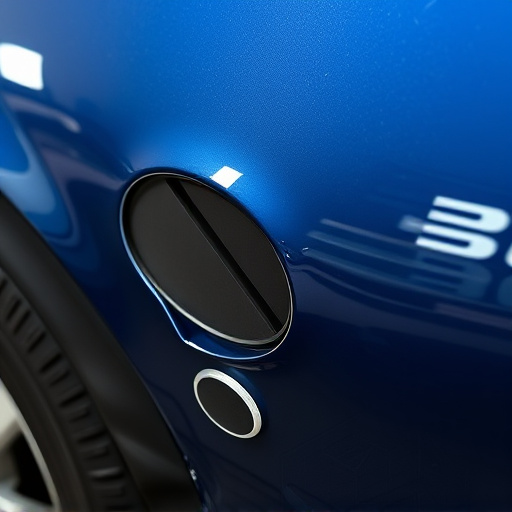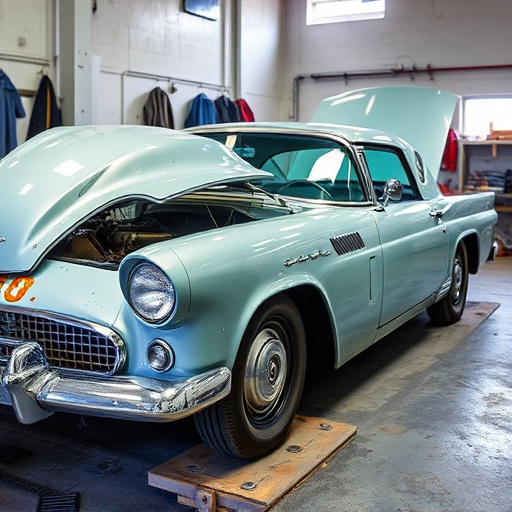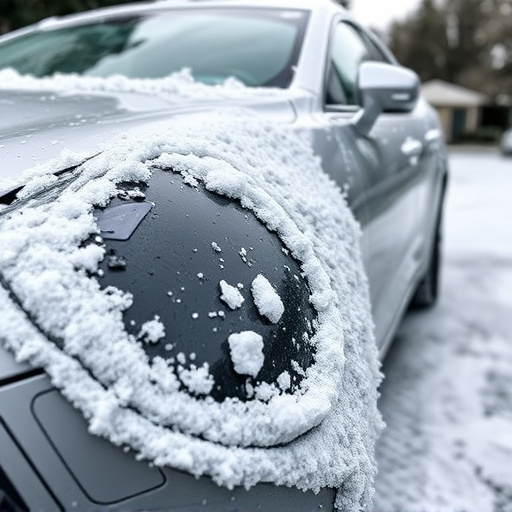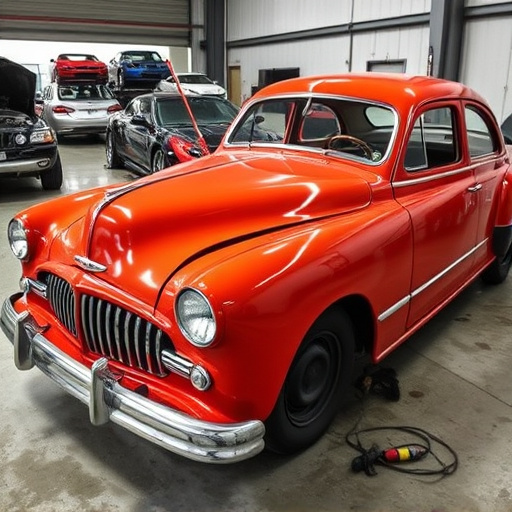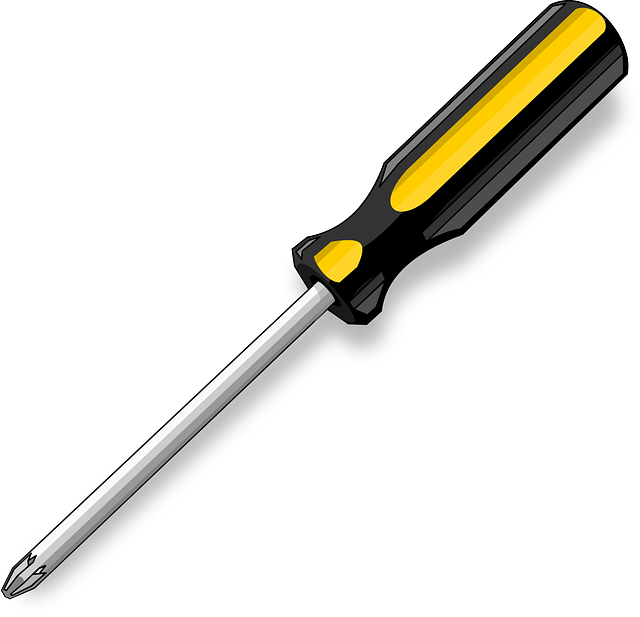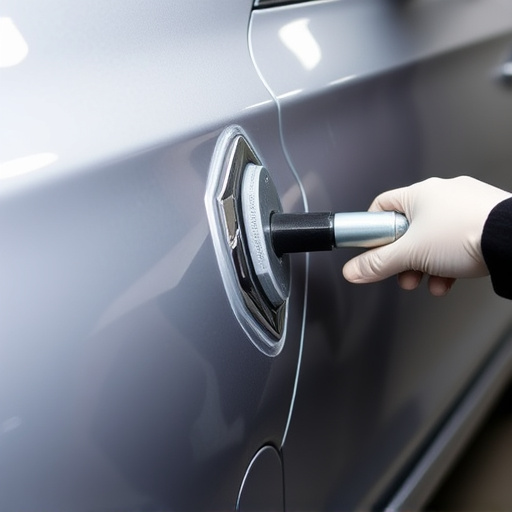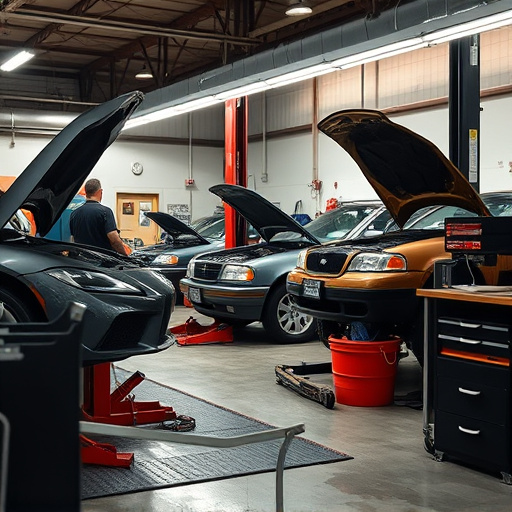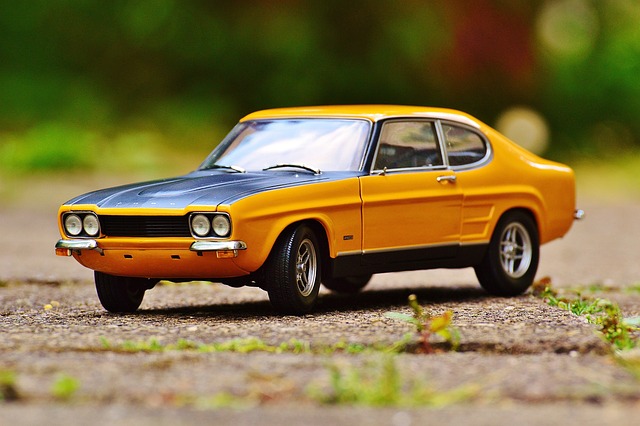Aftermarket collision parts offer cost savings and enhanced performance for car repair, but their impact on resale value is varied. Reputable suppliers ensure quality and compatibility, but extensive modifications may lower resale compared to OEM parts. The growing online accessibility and improved manufacturing technology are reshaping consumer behavior and market demand for aftermarket collision parts, influencing collision repair shop strategies.
Aftermarket collision parts have become a ubiquitous aspect of automotive repairs, offering cost-effective solutions for drivers. However, their impact on resale value is a topic of intrigue for car owners and dealers alike. This article delves into the intricate relationship between these parts and a vehicle’s resale value, exploring key dynamics such as consumer preferences, part quality, and market trends. Understanding these factors is crucial for navigating the aftermarket collision parts landscape.
- Understanding Aftermarket Collision Parts: Definition and Impact
- Resale Value Dynamics: Original vs. Aftermarket Parts
- Consumer Behavior: Preferences and Perception of Aftermarket Repairs
Understanding Aftermarket Collision Parts: Definition and Impact
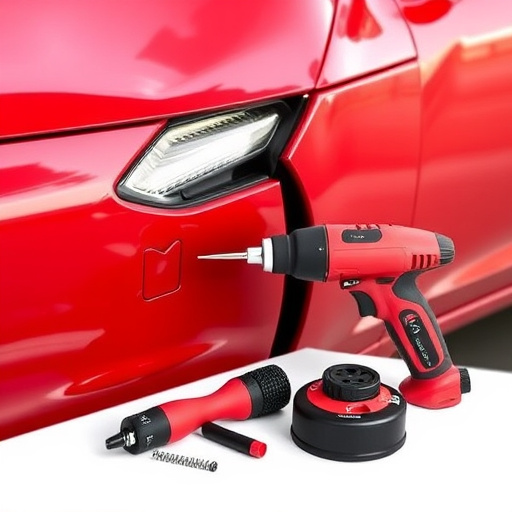
Aftermarket collision parts refer to replacement components used in car collision repair and vehicle restoration processes. Unlike genuine manufacturer parts, these are produced by third-party suppliers and designed to fit various makes and models. While they offer cost-effectiveness compared to OEM (Original Equipment Manufacturer) parts, their impact on a vehicle’s resale value is a subject of interest.
Understanding the quality and source of aftermarket collision parts is essential. Reputable suppliers ensure these parts meet safety standards and are compatible with specific vehicle models. Properly installed aftermarket parts can enhance the overall appearance and performance of a car, contributing to better body shop services. However, vehicles with extensive use of aftermarket components might attract varying opinions from potential buyers, potentially affecting resale value, especially when compared to cars with genuine or factory-original parts.
Resale Value Dynamics: Original vs. Aftermarket Parts
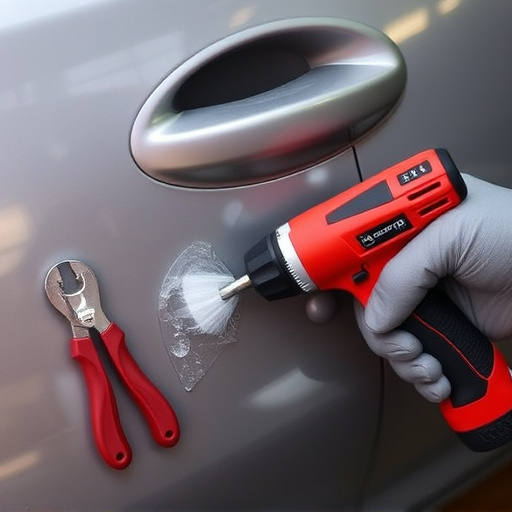
The resale value of a vehicle is influenced by numerous factors, including the condition of its parts following a collision. When it comes to aftermarket collision parts versus original equipment manufacturer (OEM) parts, the dynamics can significantly impact the overall resale value. Aftermarket collision parts, often sourced from specialized retailers or manufacturers, are designed to replace damaged or faulty components in a car after an accident. These parts are generally less expensive than OEM parts, making them an attractive option for both consumers and collision repair shops.
However, the use of aftermarket collision parts may not always positively impact resale value. While cost-effectiveness is a benefit, the quality and compatibility of these parts can vary widely. Lower-quality aftermarket parts might not last as long as their OEM counterparts, potentially leading to additional repair needs in the future. Moreover, if not properly installed or matching the exact specifications of the original part, aftermarket collision parts could negatively affect the car’s overall aesthetic appeal and performance during resale, especially in the case of visible components like car paint services or dent repairs.
Consumer Behavior: Preferences and Perception of Aftermarket Repairs
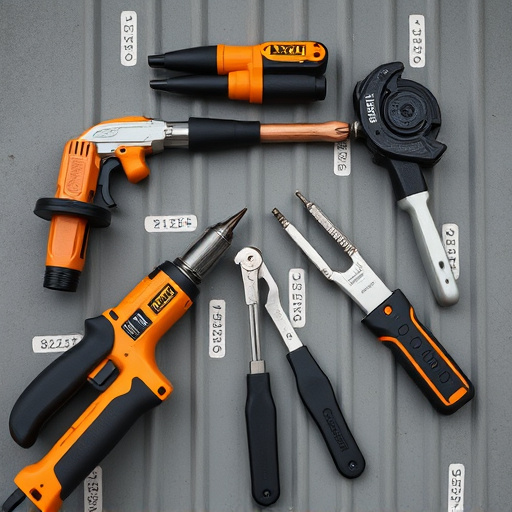
When it comes to consumer behavior, the preference for aftermarket collision parts is a growing trend. Many car owners are now opting for these parts over original equipment manufacturer (OEM) alternatives, primarily due to their cost-effectiveness and perceived quality. Aftermarket collision parts offer a more affordable repair option, which is especially appealing to budget-conscious consumers. This shift in behavior can be attributed to the easy accessibility of these parts online, making it convenient for customers to research, compare prices, and make informed decisions about their vehicle’s repairs.
The perception of aftermarket parts plays a significant role in this trend. With advancements in manufacturing technology, many aftermarket collision parts now match or even surpass OEM standards in terms of fit, finish, and durability. Consumers are becoming increasingly aware of this, leading to a positive shift in their perception. As a result, they are more willing to consider aftermarket repairs for their vehicles, believing that these parts can provide reliable performance without compromising the vehicle’s resale value. This change in consumer behavior is driving the market demand for high-quality aftermarket collision parts and influencing the strategies of collision repair shops offering auto body repairs services.
Aftermarket collision parts play a significant role in shaping vehicle resale value, with their availability and quality directly impacting buyer decisions. While original equipment manufacturer (OEM) parts carry a premium due to brand reputation and warranty assurances, aftermarket alternatives offer cost-effectiveness and accessibility. Understanding consumer preferences and the evolving dynamics between original and aftermarket parts is crucial for dealers and car owners alike. By embracing transparency and ensuring high-quality standards, the aftermarket collision parts industry can continue to thrive, providing efficient repairs without compromising resale value.
